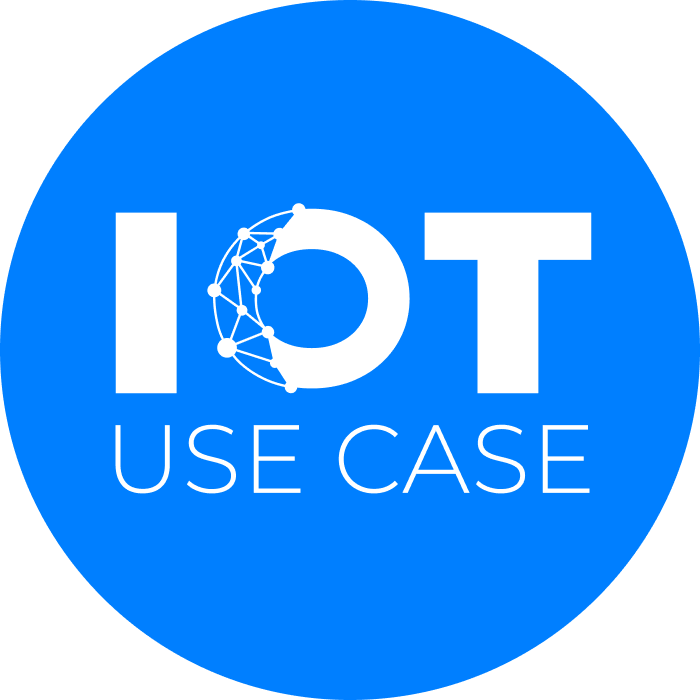Aerosols are a major risk of infection in poorly ventilated areas, as corona viruses (SARS-CoV-2) are very often transmitted through them. The CO2 content of indoor air is a good indicator of this risk, and an IoT sensor warns when the level is high.
The problem: Aerosols transmit corona, ventilation is mandatory
The Covid19 pandemic has put the issue of workplace air quality back on the agenda. This is because the SARS-CoV-2 virus is often transmitted via small aerosol droplets that infected individuals exhale. This transmission route is dangerous because aerosols can travel distances of more than two meters and remain suspended in the air for up to 15 minutes. According to the Robert Koch Institute (RKI), the risk of transmission is greatest during prolonged stays in small, poorly ventilated or unventilated rooms.
But how to determine whether a room is poorly ventilated? For the Federal Environment Agency, carbon dioxide concentration is the best indicator of air contamination with bioaerosols. Although the CO2 content does not correspond to the viral load, it does show the risk of infection: the more carbon dioxide, the higher the probability of infection. Frequent ventilation is the simplest measure to reduce the CO2 content of indoor air.
The new SARS-CoV-2 occupational health and safety rule issued by the German Federal Ministry of Labor and Social Affairs (Bundesministeriums für Arbeit und Soziales – BMAS) recommends shock ventilation for three to ten minutes after 60 minutes in offices and after 20 minutes in meeting rooms. To avoid having to rely on estimates, it is useful to measure the CO2 concentration. Outside air has about 400 ppm. The BMAS recommends to stay well below 1,000 ppm. But reading a meter on a regular basis is unreasonable. What is needed, therefore, is a simple solution that is suitable for office use.
The solution: The smart Corona traffic light Febris, a CO2 room air sensor
The Sentinum GmbH from Nuremberg is a specialist in the development of energy-autonomous and wireless sensors based on energy-efficient communication technologies for the Industrial IoT (Internet of Things). In response to Corona, Sentinum has developed the smart and wireless Corona traffic light Febris. The sensor records the CO2 content in the air in ppm, as well as temperature and humidity at regular intervals. It shows the measurement results in traffic light colors, with green indicating low CO2 levels. In addition, Febris can also be equipped with a VOC (Volatile Organic Compounds) sensor. It detects, for example, solvents, liquid fuels, hydrocarbons or organic acids in the air – all substances that are harmful to health in higher concentrations.
To enable users to start collecting and analyzing data as quickly as possible, Febris works as autonomously as possible. The sensor is independent of local networks and with its own power supply via battery (4 AA cells). For data communication, therefore, only an energy-saving mobile variant can be considered, which must also have good building penetration. In this case NB-IoT or LTE-M are first choice. At the same time, the aim is to keep costs as simple as possible for the end user. There should be no additional or even recurring costs for connectivity.
Here, the company relies on the 1NCE IoT Flat Rate. A mobile and fixed data plan with no recurring costs over the entire life cycle of the sensor. Instead of a conventional SIM card for insertion, there is an eSIM that is soldered directly onto the sensor’s circuit board. This provides additional robustness, because the eSIM is more resistant to corrosion and shock. The cost per eSIM is a flat twelve euros per device, and connectivity via NB-IoT is already included over a term of ten years.
The result: Early warning of high aerosol content
The energy-autonomous sensor records the room climate, determines the risk of infection and sends the measured values to the cloud. It warns when the specified limit value is exceeded acoustically via a buzzer and visually via bright LEDs in traffic light colors. Green means that the CO2 content is harmless and orange calls for ventilation. If the traffic light shows red, the CO2 concentration is alarming.
In addition, the data is transferred to the cloud at regular intervals via mobile communications. From there, they can be called up directly with the smartphone and are displayed intuitively by means of an app. Warnings immediately reach responsible persons, for example in facility management. Through centralization, the data can additionally be summarized and evaluated by responsible persons. In the process, documentation is also created in order to be able to prove obligations under labor law.
Since Febris is not based on an existing infrastructure or one that first has to be installed, even larger buildings or more widely spread building complexes can easily be equipped with the networked devices. Via the cloud, there are additional interfaces for connecting to existing smart building systems. This makes it possible, depending on the technical equipment of the building, to open the windows automatically when certain threshold values are reached or to control the ventilation system accordingly.







